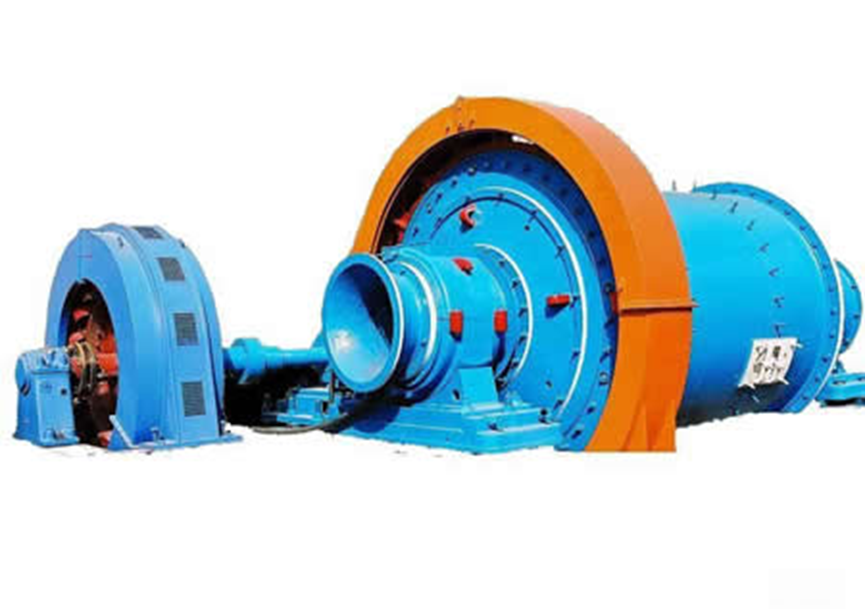Ball mills are used the size reducing or milling of hard materials such as minerals, glass, advanced ceramics, metal oxides, solar cell and semiconductor materials, nutraceuticals and pharmaceuticals materials down to 1 micron or less. The residence time in ball mills is long enough that all particles get consistent treatment, which also provides a narrow particle size distribution. Ball mills are simple in design, consisting of horizontal slow rotating vessels half filled with grinding media of ¼” to 1.5”. The particles to be milled are trapped between the grinding media or balls and are reduced in size by the actions of impact and attrition.
Ball mills have the advantage of being self-contained so operators are not exposed to the product being milled. Ball mills cab be used equally well for wet or dry grinding. In the case of wet grinding the particles are also dispersed in the liquid medium. For temperature sensitive products, ball mills can be fully jacketed to maintain temperatures of the product. Ball mills scale up well and in fact improve in performed with increasing size. Ball mills are available in sizes from laboratory scale (also called milling jars) of 0.1 usg to large 5,000 gallon mills.
Ball mills are available in various contact materials to accommodate contamination and wear requirements. These materials include AR 400, high-chrome abrasion resistant steel, natural rubber lining, polyurethane lining, and high alumina ceramic brick (i.e., aluminum oxide) lined mills.






